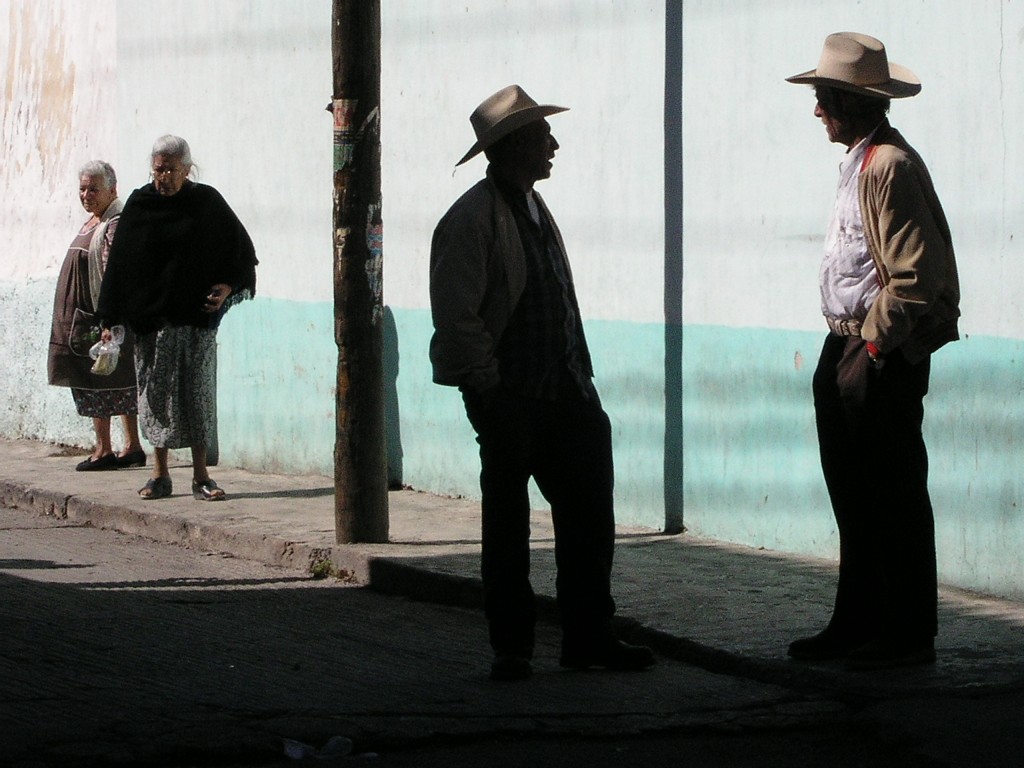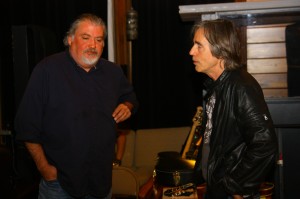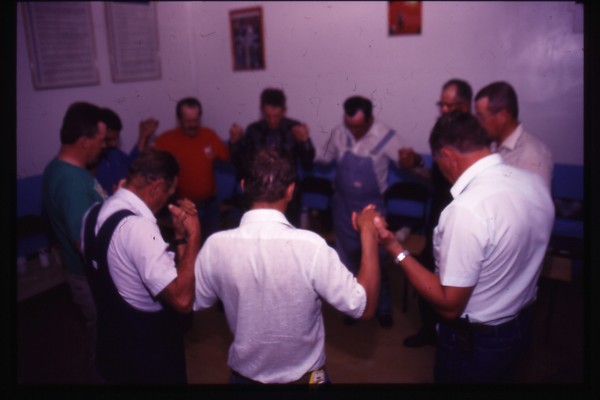
In the last week, there’ve been two stories that illuminate the world of the Mexican Mafia prison gang and its influence on the streets of Southern California.
The first was the story of attorney Isaac Guillen, a guy who was in a gang, then left, went to UC Berkeley, got a law degree, only to eventually become a mob lawyer, in a sense.
Guillen’s story is classic. Several gang members have told me of how certain lawyers have gone beyond their duties as legal representatives to become liaisons between incarcerated Eme leaders and the rank and file gang members on the street — passing notes, orders for criminal activity, drugs. All behind the shield of the attorney-client privilege.
These attorneys are part of what allows Eme members to exert their influence and control on SoCal gang streets, even while they’re locked up in maximum security prison.
The second was the sentencing of Santiago Rios and his son, Louie, from the Azusa 13 gang. Rios senior was accused of being the gang’s “llavero” — keyholder, or shotcaller, anointed by the Eme to run its affairs in Azusa.
He presided over the drug business, over taxing drug dealers and of implementing gang policy, established at a meeting (prosecutors say) in 1992, of “cleansing” the city of black people. Azusa went through several years of seeing hate crimes such as murder, firebombing of black residences, beatings, graffiti, etc.
The judge, in sentencing him to almost 20 years in prison, called him a “proponent of the racial cleansing of the city of Azusa.”
A federal RICO indictment in 2011 sent the Rioses and 49 other Azusa members to jail, and now to federal prison.
But the indictment highlights just how much havoc — crime waves, really — can be created in a normally quiet town when its gang begins acting on orders from Eme members who are locked up far away. Often, they don’t know the gang members they are ordering around on the street, who are nevertheless only too willing to do their bidding.
As I mention in the story, numerous other neighborhoods and towns have been gripped by this kind of racial violence committed against blacks by Latino street gang members.
Because of this control, the Mexican Mafia — whose founders are pictured above — qualifies as the only region-wide organized crime that Southern California has known.
(The photo is one I found online without any attribution. If someone can attribute it, I’d be happy to list it, or, if they object, remove it.)





















